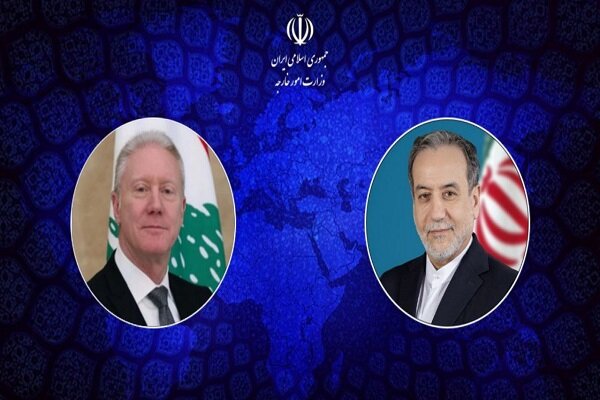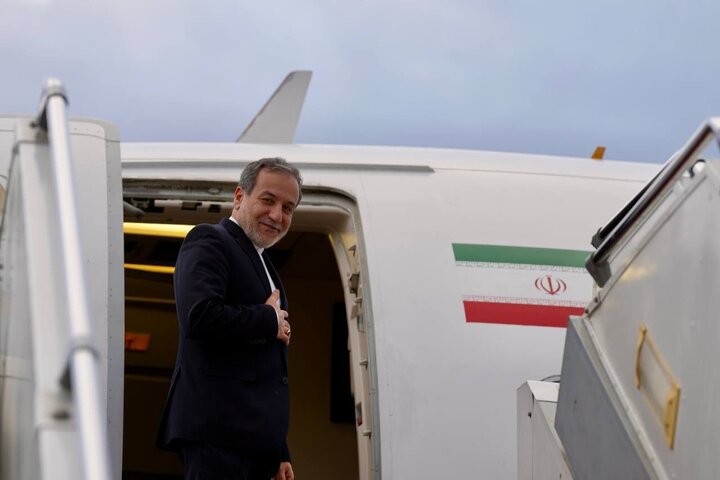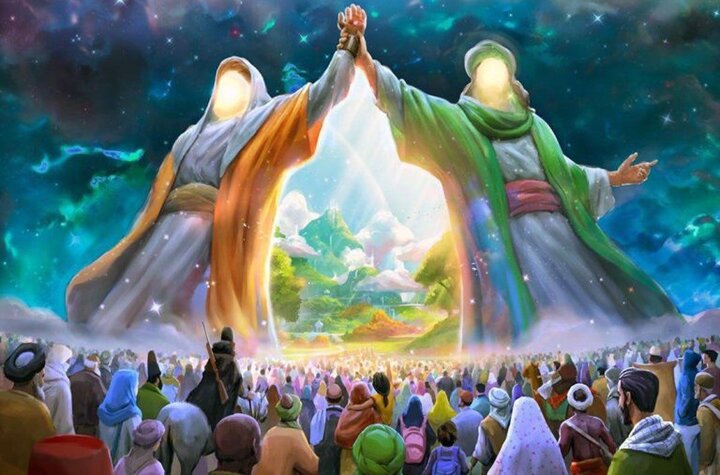
“Eid al-Ghadir” is among the important feasts and happy holidays of Shi’a held on Dhu l-Hijja 18 at the time when, according to reports, the Prophet Muhammad (s) appointed Ali ibn Abi Talib (as) as his caliph and the Imam after himself following an order from God.
Muhammad’s prophecy began 613 years after Christ. By promoting monotheistic religion among people who practiced idolatry, he forbade social harm, such as lies, treason, rape, and murder, and invited people to behave in good manners.
God’s last prophet led his community to honesty, generosity, helping the needy people, fighting racism, and prohibiting unequal treatment of people of color or nations in a time when international human rights organizations were not yet created.
He received the messages of God through Gabriel (the chosen angel of heaven), promoting a religion founded on love, philanthropy, and righteousness.
After 23 years of guiding Muslims by divine command, he chose Ali (a) who was his old companion and the first person who accepted Islam and the Prophet Muhammad (s) as his successor.
Imam Ali’s Character
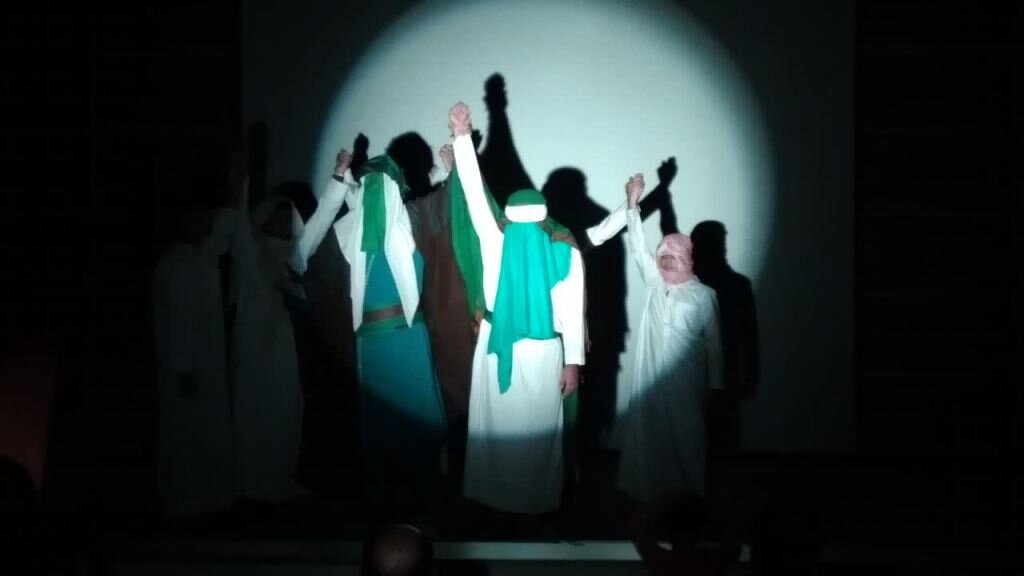
Imam Ali (AS) was a courageous person who had spent many difficult days with the Prophet (s) to strengthen and defend the divine guidance, and he suffered 90 wounds in the Battle of Uhud, which was only one of the wars of the Prophet’s reign.
Imam Ali (AS) as the successor of the Prophet (s) was ahead of others in following good manners and behaviors.
One of Ali’s unique characteristics was kindness to orphans, and everyone knew him affectionately with the children.
Friend and foe could not deny his justice in judgment, so much so that people sought him to judge their difficult problems to get rid of an issue that had not been solved by anyone. Ali was just in all circumstances, even if his justice was against his closest friends or families.
Event of Ghadir

The Prophet (s) began his journey from Medina toward Mecca for hajj on Dhu l-Qa’da 24 or 25 of 10/632 accompanied by thousands of people. Since that hajj was the last hajj of the Prophet (s), it was later called “Hajjat al-Wida'”. When hajj rituals finished and the Prophet (s) left Mecca toward Medina, they arrived at Ghadir Khumm, on Dhu l-Hijja 18, and in this place, Gabriel revealed the verse of Tabligh to the Prophet (s) and delivered him the order of God for appointment of Ali (AS) as Wali and Wasi (successor) after the Prophet (s) and announcing it to people.
Sermon of Ghadir
According to hadiths as cited in Wikishia, the Prophet (s) gathered people in Ghadir Khumm, raised Ali’s (a) hand so that everyone sees, and asked, “O people! Do I not have velayat (guardianship) over you more than you have over yourself?” People answered, “Yes, O Prophet (s)!” Then, the Prophet (s) said:
“God is my Vali (guardian), and I am Vali of the believers; I have velayat over them more than they have over themselves. So anyone I am his vali, Ali (AS) is his vali.”
Then, the Prophet (s) repeated it three times and said, “O God! Befriend and be the vali of anyone who loves Ali (AS) and considers him as his vali; be the enemy of anyone who is his enemy; and assist anyone who assists him and abandon anyone who abandons him.”
He (s) then told people, “Those who are present, convey this message to those who are absent.”
Shia love Imam Ali (AS)
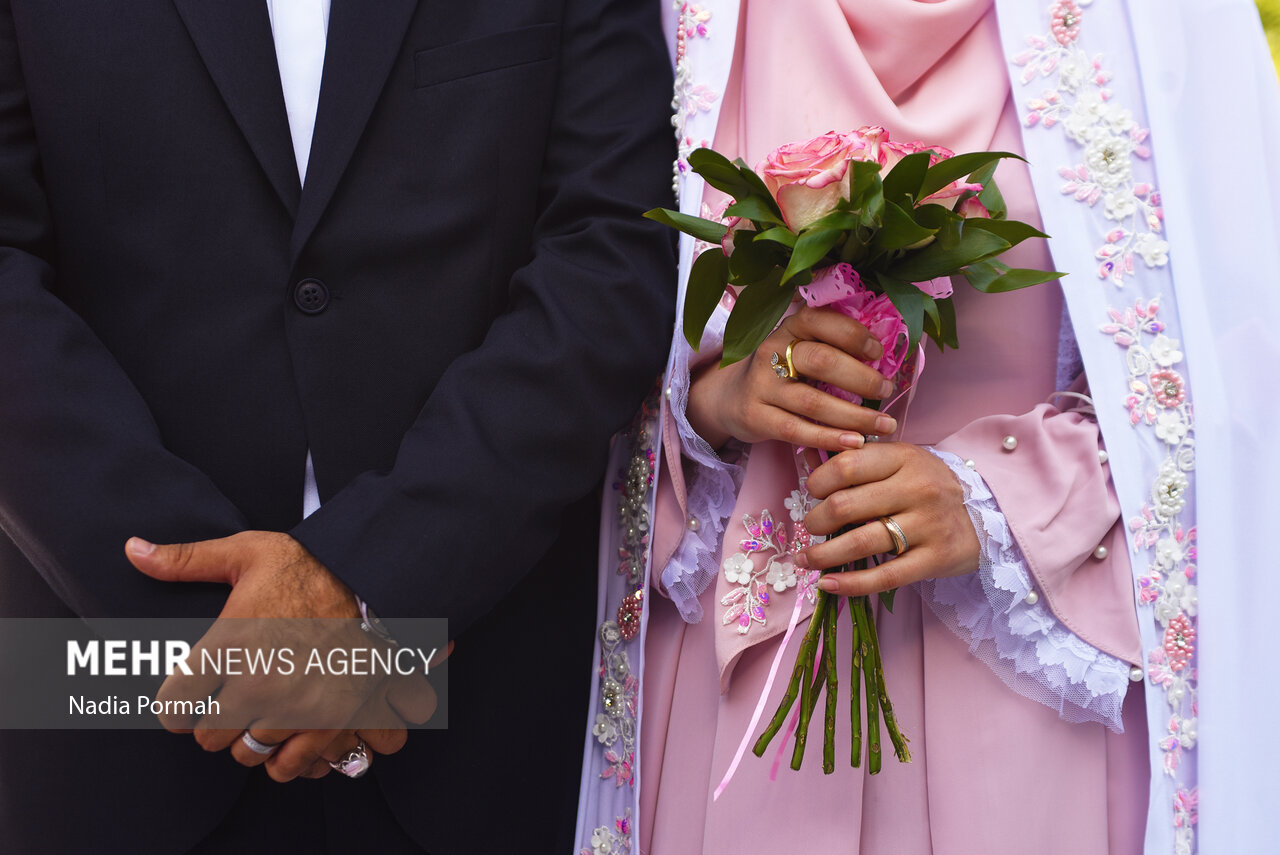
Because of the Prophet’s frequent recommendation on the special position of Ali son of Abu Talib, Shiites have a special affection for the successor of the Prophet and his family.
Eid al-Ghadir is a blessed holiday for Shiites around the world because they have known their leader after the Prophet (s) and according to the Qur’anic verse, their religion has been completed. It is a day that Shiites celebrate for many years, congratulating and giving gifts to each other, even on this day families hold their celebrations such as marriage.
Eid al-Ghadir in Iran
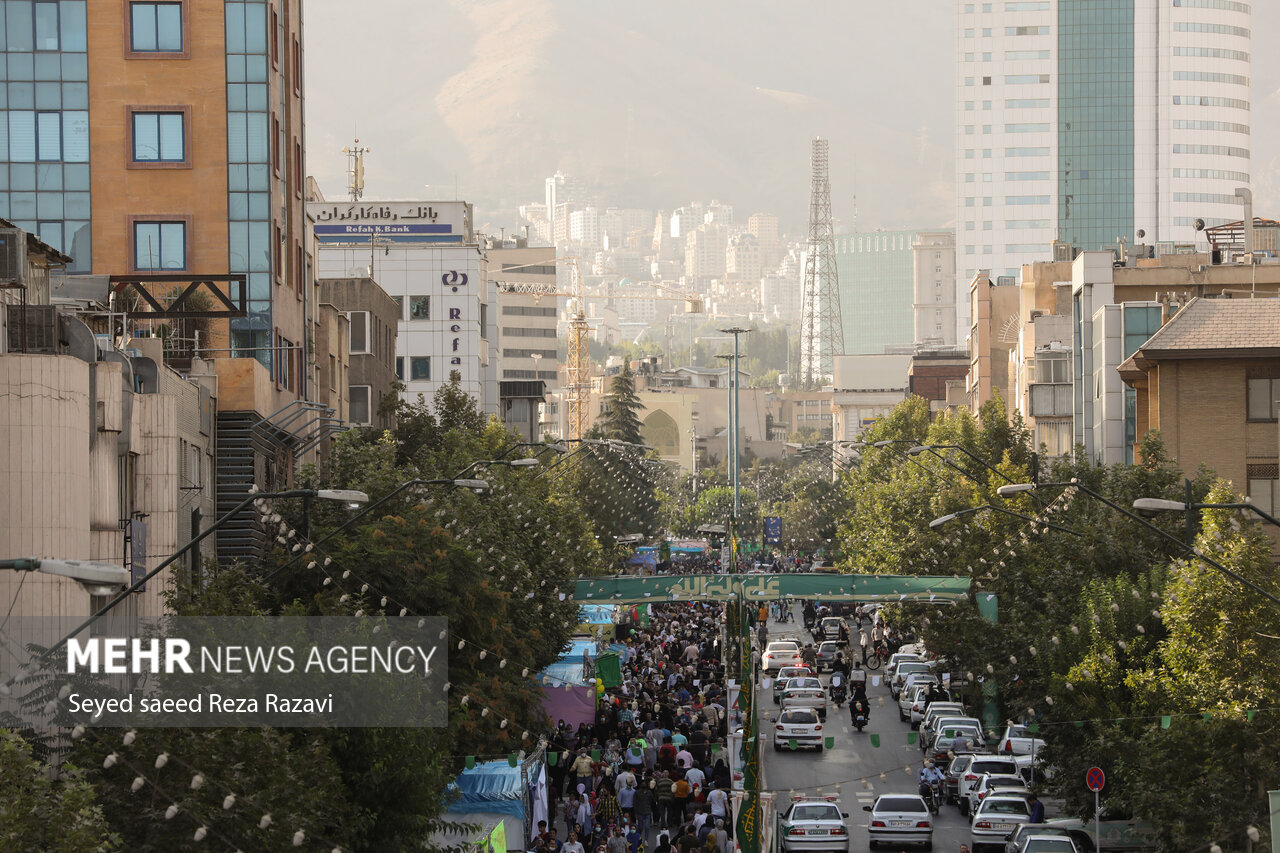
While a number of Muslim countries have been celebrating religious festivals in the form of celebrations like the holy month of Ramadan, Iran has also been inspired by similar examples in the world and has been celebrating Islamic holidays in this way for some time.
In recent years, a number of these events have been held and the people and the government have both shown a strong enthusiasm for such celebrations.
Ten-kilometer Celebration Party
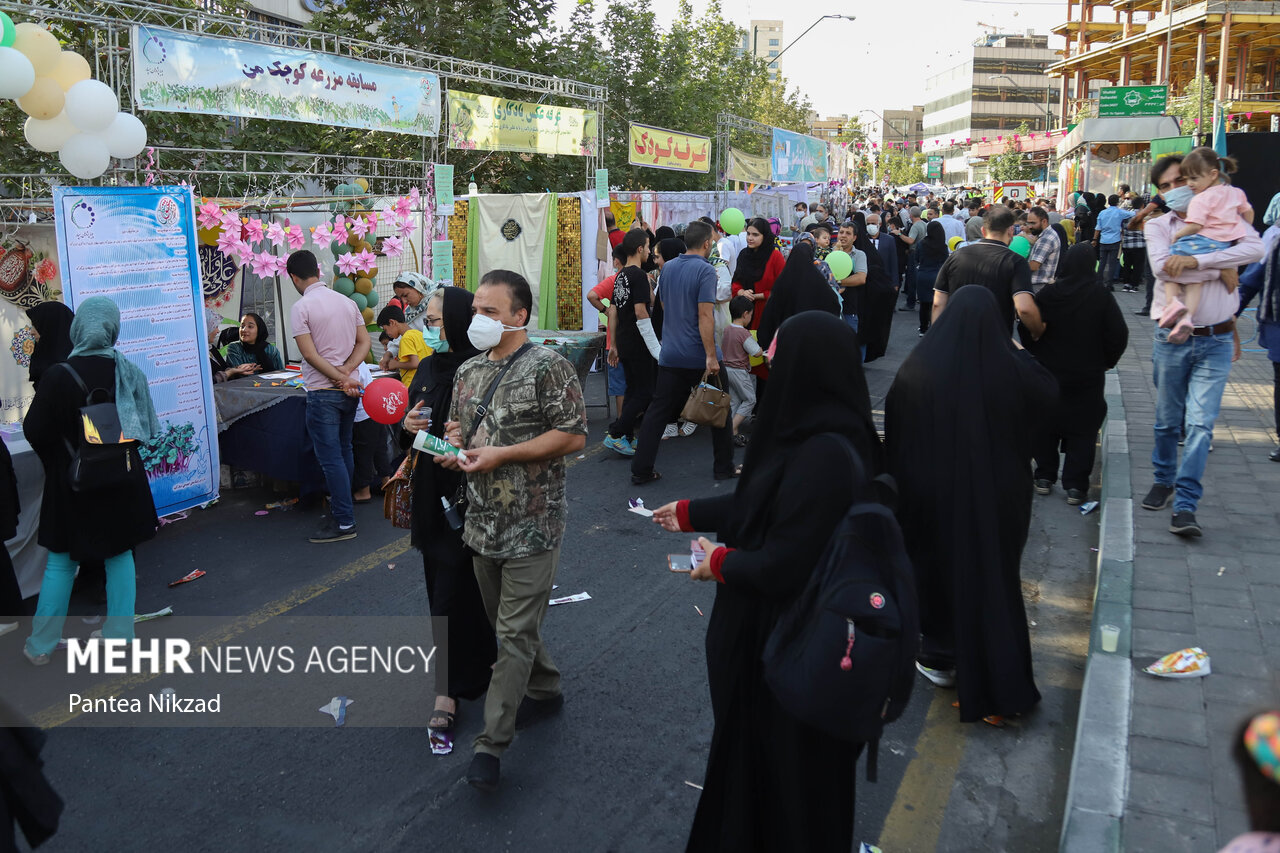
And now in 2023, for the second consecutive time, Eid Ghadir will be celebrated in different cities of Iran in the form of carnivals, which will be 10 kilometers long in a number of major cities including Tehran, Mashhad, and Tabriz.
Also, in 200 other cities in Iran, this holiday will be celebrated on the main streets of the cities.
The Iranian capital carnival dubbed the “Ten-kilometer Celebration Party” will be held Friday night between Tehran’s two main squares, Imam Hossein Square and Azadi Square, which is one of the highways connecting the eastern half of the city to the western half of it.
Holding amusing activities for different age groups at the event will allow families to spend happy hours on the streets. A recent poll found that around 40 percent of Tehranian people will definitely participate in the carnival, which means the Iranian capital will experience a multimillion-person event on Friday night.
Among the fun activities in this carnival, setting up a long amusement park along the carnival way. The special line of Bus rapid transit on this 10-kilometer route is supposed to be dedicated to playing equipment, so children will see the longest amusement park of their lives on Eid al-Ghadir and this can make for Iranian families an attractive and memorable experience.
Of course, this 10-kilometers amusement park is not the only entertainment for children in this event. There are numerous booths and stations along the way to perform children’s favorite activities such as painting and group play. In addition, 200 music bands will create an enjoyable time in the carnival with live music.
Activities in the Ten-kilometer Celebration Party
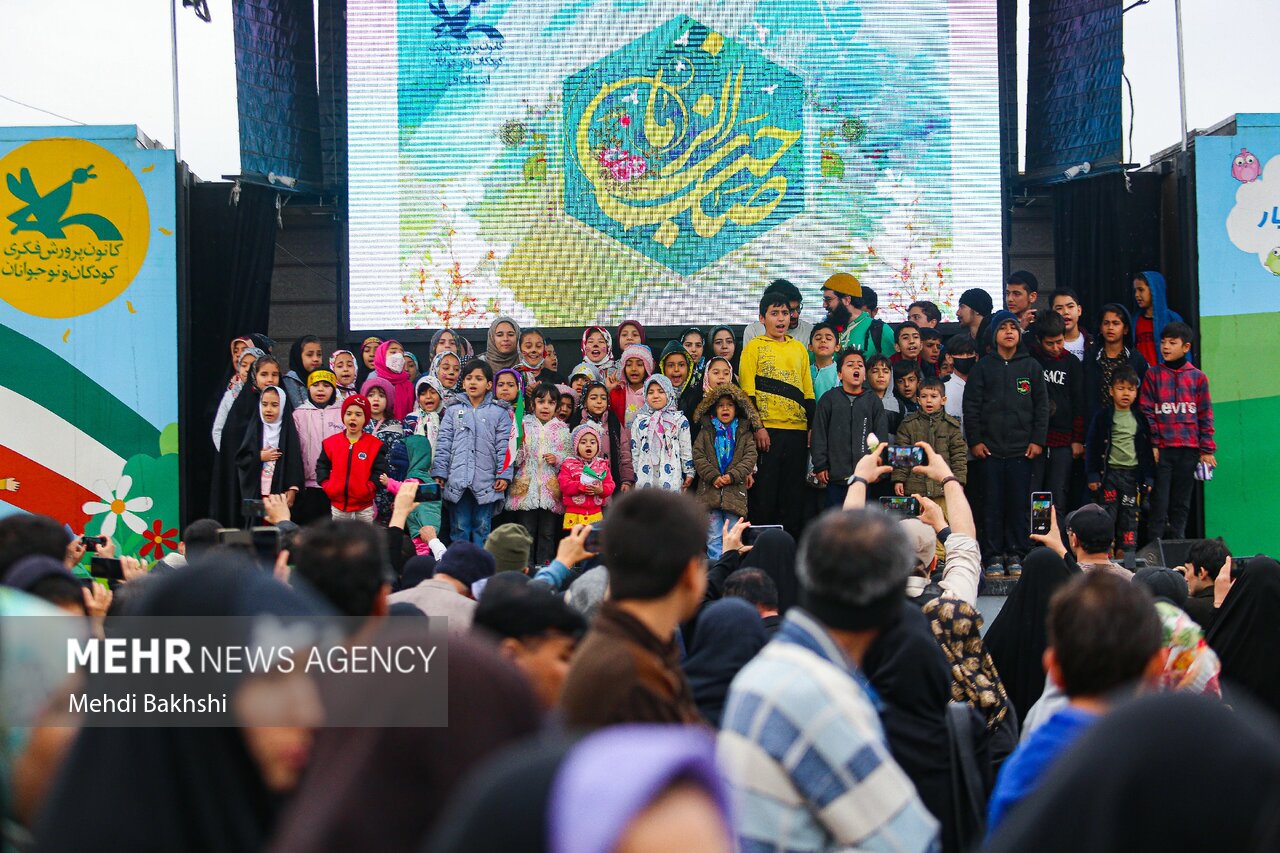
In addition to entertaining activities for children and live art shows, a large number of religious and family consultants and experts are set to serve the public in the form of cultural activities along the way to help those who need expert advice on various life issues.
The distribution of one million books on the subject of “Ghadir” and Imam Ali (AS) velayat on Muslims is another part of the cultural events in this carnival.
The charitable campaigns that are popular during social events in Iran will also be held at the “Ten-Kilometer Celebration Party”.
“Toy gift” is among these campaigns, by which people and philanthropists can send toys to children in deprived areas and deliver their gifts to needy people on the occasion of this blessed day.
A total of about 1,300 tents and special stands (called Moukeb in Arabic) will be erected between the two main squares of the Iranian capital. In addition, 200 stations are ready to distribute cold drinks on this summer’s day. The number of people serving at the event has been announced to be over 50,000, all of whom are volunteers for an attractive and memorable carnival.
The widespread welcome and special reflection of the recent small and large celebrations in the society has revealed that religious carnivals with the focus on happy and fun programs as well as activities and creating a colorful plus attractive atmosphere for all age groups, especially teenagers and children, has become a constant part of Iranian cultural and religious events.
Importance of carnivals in society

Carnivals can be an opportunity for a social movement. They create an opportunity for people with different standpoints on various issues to come together because of a common point and spend enjoyable hours and feel close to each other away from differences.
Successful and regular holding of such events can be one of the means to peaceful coexistence among different strata of society and creating a good atmosphere at different levels of society, a tool through which internal unity is formed through the joint point, and this alliance is strengthened over time.
Compiled and translated by Amin Mohammadzadegan Khoyi



